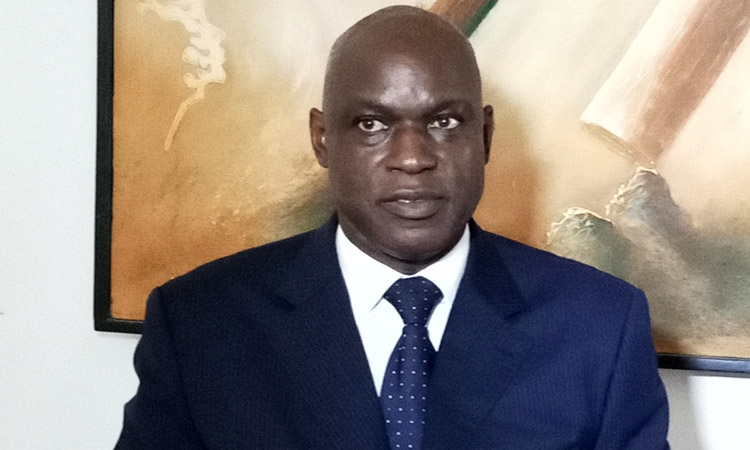
Alain NDIKUMANA
Engineer in Statistics and Economics
Research topics
Impact of aid allocation in Africa: New sectoral and spatial evidence
Africa is the region with the lowest levels of economic development compared to the rest of the world, despite increasing aid flows to developing countries.
Specific objectives of the research project
Our research project aims to examine the impact of aid allocation at the sectoral and spatial level with a particular focus on Chinese aid by pursuing three objectives :
- To analyse the impact of aid allocated to productive sectors on the development of the manufacturing sector in Africa;
- To examine the impact of Chinese aid on the promotion of manufacturing in Africa;
- To assess the spillover effects of Chinese aid captured by the political elite in Africa on the development of surrounding communities.
Three methodological approaches were used for that purpose:
- In the first test, I first use a methodology that allows for endogeneity and heterogeneity in the sample. Second, I use the Pool Mean Group/ARDL to capture the short- and long-run effects of aid to productive sectors on the development of the manufacturing sector in Africa.
- For the second test, I apply a two-stage least squares (2SLS) approach inspired by (Dreher et al., 2021), Nunn and Qian (2014) following the aid endogeneity problem of Chinese aid. My instrumental variable is an interaction that exploits the time variation in Chinese steel production and the cross-country variation in the probability of countries receiving Chinese aid. The source of time variation in Chinese funding is the annual (recorded) amount of Chinese steel production (in thousands of tons), labeled steel (data from World Steels Association, 2010; World Steel Association, 2014).
- Finally, the third essay focuses on the potential spillover effects of Chinese aid captured by the political elite in Africa on the development of surrounding communities. I use a difference-in-differences approach to show that captured Chinese aid has positive spillover effects on the economic growth of neighbouring regions. In this approach, I form a treatment group consisting of the home regions of the political elite that captured Chinese aid and a control group consisting of the surrounding localities within a 30 km radius.
My thesis makes an important contribution to the aid effectiveness literature at a time when the focus has been on the impact of overall aid and at the sectoral level relating to infrastructure and social sectors. At the spatial level, the results would add value to the existing literature in that it seeks to capture the carry-over effects of the development of political leaders’ regions as a result of Chinese aid capture.



